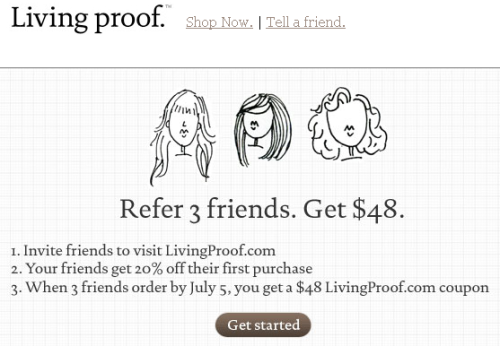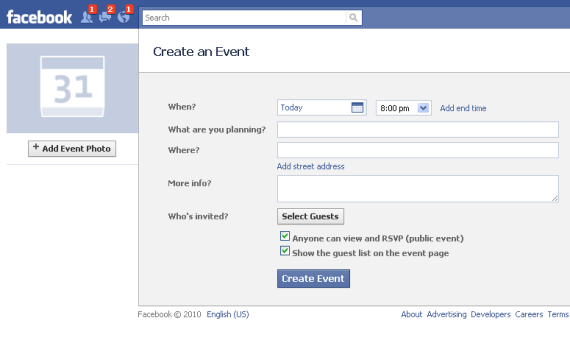Two of the core tenets of web design is "don't make users think" and "manage to focus users' attention" (see great list at Smashing Magazine). In short - this means that every pixel should be aimed at conveying what is most important and driving users to the right behaviors. This is a difficult task that some excel at... and it is made even more difficult by the mobile web - which provides far less real estate and different user interactions. Below is a screenshot of Quora's iPhone site (*not* an application despite looking like one). It is notable because it perfectly embodies Quora's core components and user interactions:

1. Notifications: the Quora logo dynamically displays the number of notifications you have. For a web component, this is very nifty - but it is very useful and displays the speed at which Quora's content is growing / moving.
2. Search box: Big search box with grayed out call to action. On the core web site, this is the major call to action.
3. User ID using Facebook Connect - which is the registration mechanism.
4. A series of major buttons that are the primary calls to action: ask a question, notifications and inbox. All revolve around the core question & answer premise.
5. Rather than view on your notifications, you can view Quora's entire log of changes (questions, answers, tags, edits, etc).
6. Invitations: Quora is still invite-only and invitations are an important role in user growth and virality.

 It is an interesting campaign by Nike - who rarely previews their player's gear so specifically and in such a social setting. It also strikes me a test to gauge fan interest on Facebook - if users indeed interact around the players and their outfits, Nike could build a Facebook application to enable in-app purchasing, exploration, etc of each product / outfit. Fans could share specific products and ensembles - and even outfit their favorite players and share with their networks.
It is an interesting campaign by Nike - who rarely previews their player's gear so specifically and in such a social setting. It also strikes me a test to gauge fan interest on Facebook - if users indeed interact around the players and their outfits, Nike could build a Facebook application to enable in-app purchasing, exploration, etc of each product / outfit. Fans could share specific products and ensembles - and even outfit their favorite players and share with their networks.


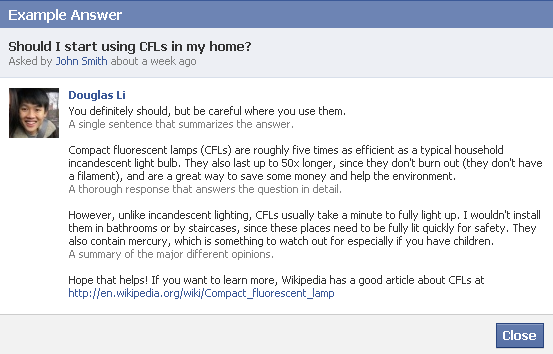 Also notable is that promotional 'ads' for applicants are now appearing in the right column of the Facebook homepage.
Also notable is that promotional 'ads' for applicants are now appearing in the right column of the Facebook homepage. 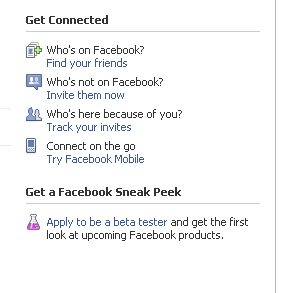
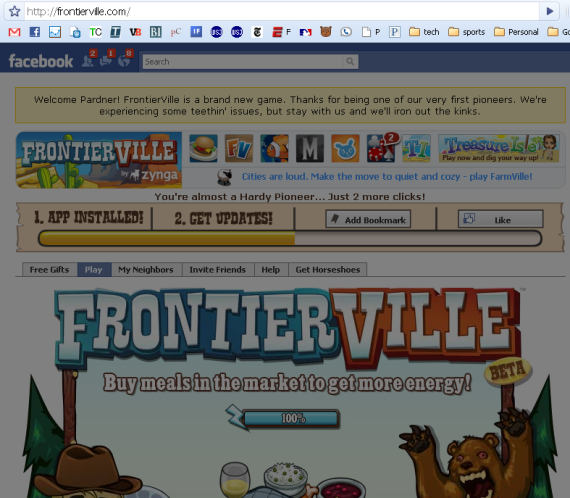
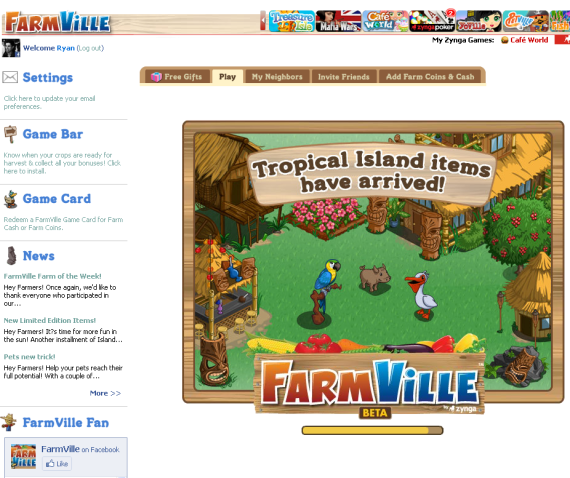
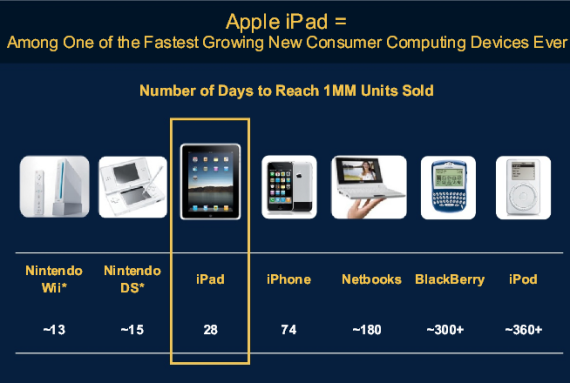
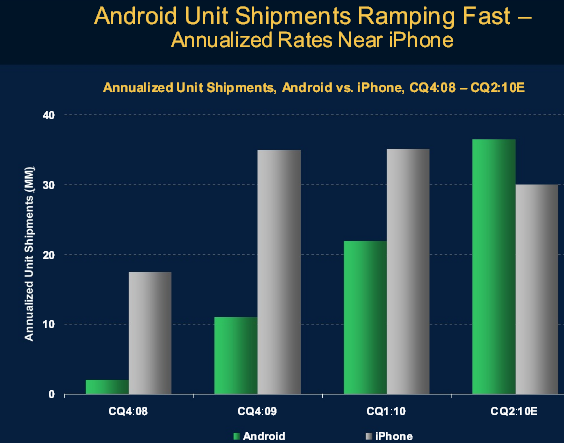
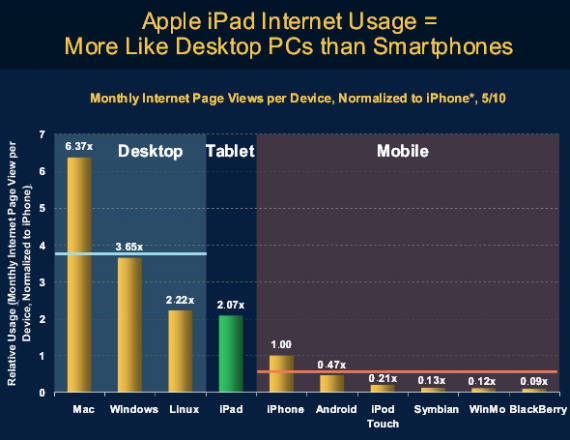

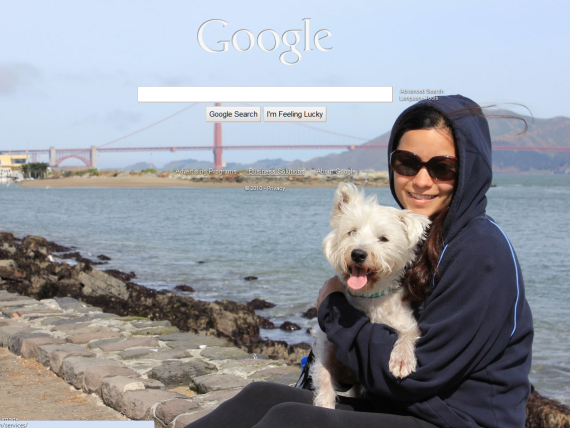
 CNN's recent piece "
CNN's recent piece "